The National Science Foundation describe Data as:
numbers, images, video or audio streams, software and software versioning information, algorithms, equations, animations, or models/simulations.
Data, according to the Glossary of Archival and Records Terminology, are also
facts, ideas, or discrete pieces of information, especially when in the form originally collected and unanalyzed.
The art of photograffeur JR could then be data originally collected and assembled in such a way that the viewer can analyze their meaning. His data are large photographs of regular people in caricatured poses that are displayed on trains, buses, rooftops, elevations of favela homes, the Palestinian/Israeli wall, sunken roads, staircase and surface all over – pervasive art. His photos include basic metadata, such as the name, age, address of of subjects. The stories associated / the analysis / the abstract of these data are found in the streets and neighbourhoods where context is, these are posted, told by the subjects and the dwellers.
These are data in action which shape and are shaped by the faces and place from whence they come. These are embedded in the social scape and in the imaginary of the cultural sphere, one of the many locals of social change.n “It is not about changing the world, but the changing the way we look at it” JR.
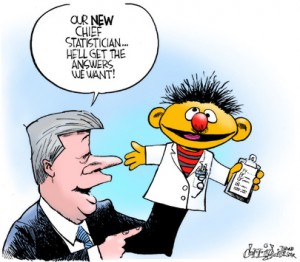
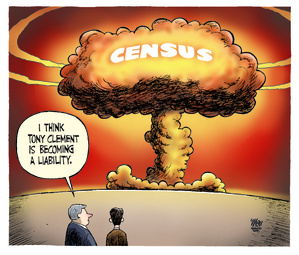
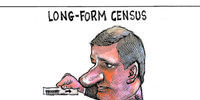
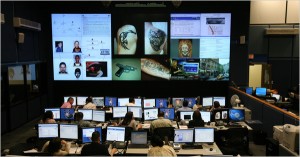
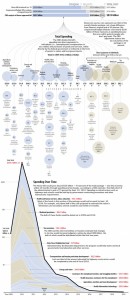



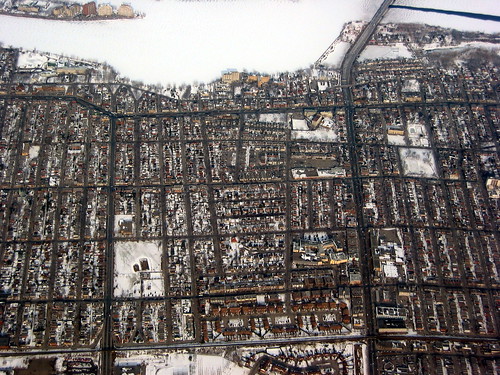

Comments on Posts